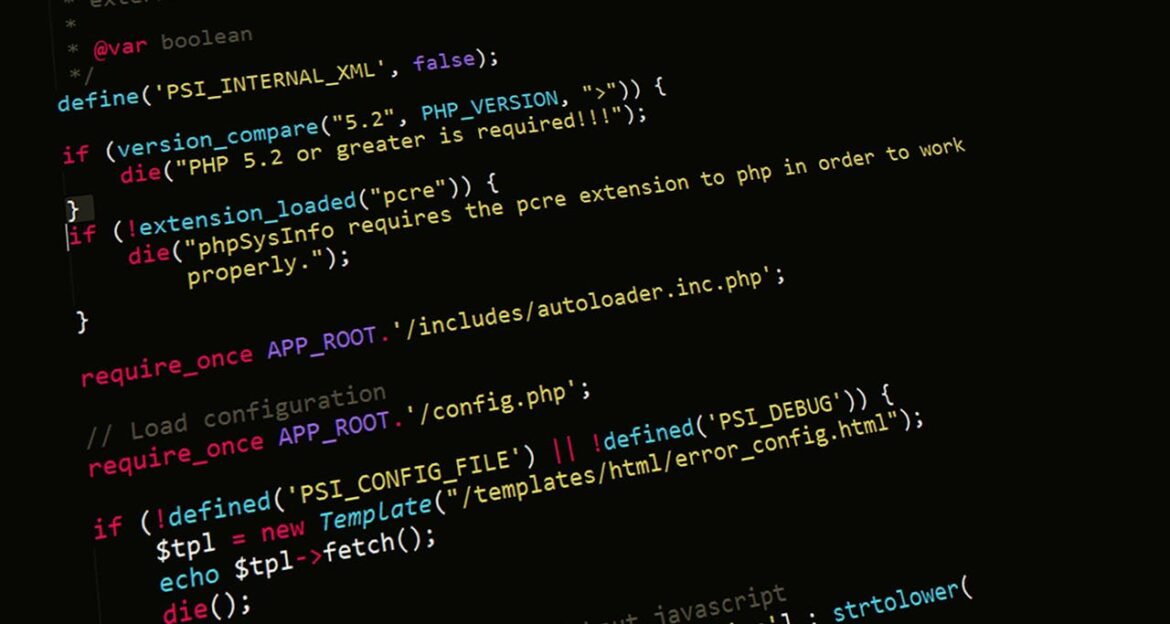Writing code has always been a blend of creativity and precision. I enjoy the problem-solving aspect of programming, but sometimes it feels overwhelming to keep track of syntax, libraries, or best practices. That’s where AI code assistants come in. These tools are designed to streamline coding by suggesting lines of code, generating functions, or even debugging. Over time, I’ve tried several of them, and each has its strengths and weaknesses. Among the most popular are Copilot and Cody, but there are many others worth exploring.
What I’ve noticed is that these assistants are not just about typing faster. They shape how I think about code, help me avoid common mistakes, and often push me to consider more efficient approaches. In this article, I’ll compare some of the most well-known AI code assistants, focusing on Copilot, Cody, and others I’ve experimented with.
Copilot
Copilot, created by GitHub in collaboration with OpenAI, has become one of the most recognized AI assistants for developers. I started using it within my editor, and the experience felt like having an extra set of hands working alongside me. Copilot suggests entire lines or blocks of code based on the context of what I’m writing, and it supports a wide range of programming languages.
The tool shines in repetitive coding tasks. For instance, when I need to write boilerplate code or set up a basic function, Copilot quickly fills in the gaps. I also find it helpful when I’m unsure about specific syntax in languages I don’t use daily. Instead of pausing to search documentation, I let Copilot generate the snippet and then adapt it to my needs.
One drawback I’ve noticed is that Copilot sometimes produces code that looks correct but doesn’t fully align with my intentions. I’ve learned to treat its suggestions as starting points rather than finished solutions. Despite this, the time it saves me in day-to-day coding makes it one of the most effective assistants I’ve used.
Cody
Cody, developed by Sourcegraph, takes a slightly different approach compared to Copilot. Instead of just generating code inline, Cody also integrates with code search and context awareness across large repositories. This makes it especially useful when I’m working on complex projects that span multiple files.
What I appreciate about Cody is how it helps me navigate existing codebases. If I’m contributing to a large open-source project, Cody can analyze the repository and provide more informed suggestions. This context-driven approach feels more intelligent in environments where understanding the bigger picture matters.
Cody also includes chat-like interactions, allowing me to ask questions about the code, request explanations, or get help refactoring. I find this conversational aspect refreshing because it makes coding feel more interactive. While it’s still evolving, Cody has proven valuable when I want both code generation and guidance on understanding a project’s structure.
Tabnine
Another tool I’ve spent time with is Tabnine, which has been around longer than most AI coding assistants. Tabnine focuses heavily on autocompletion, and it supports a wide range of editors and languages. I’ve found it particularly useful in environments where I want lightweight assistance without too many distractions.
The strength of Tabnine lies in its speed. Suggestions appear almost instantly, and they feel more like natural extensions of my typing. It doesn’t always generate long blocks of code like Copilot, but it helps me keep a steady rhythm. I also like that Tabnine emphasizes privacy by allowing local models, meaning my code doesn’t need to leave my machine if I choose that setup.
The tradeoff is that it doesn’t always feel as “smart” as newer assistants, especially when it comes to complex logic or understanding context. Still, for developers who value efficiency and privacy, Tabnine remains a solid option.
CodeWhisperer
Amazon’s CodeWhisperer is another assistant I’ve tested, and it integrates seamlessly with AWS. If I’m building applications that rely on cloud infrastructure, CodeWhisperer offers targeted suggestions that often include security best practices. This makes it particularly appealing when I want to ensure compliance and safe coding patterns.
One feature that impressed me is its built-in security scanning. While other assistants focus solely on speed and accuracy, CodeWhisperer tries to highlight potential vulnerabilities in the generated code. For me, this feels like a valuable layer of support, especially when writing backend or cloud-heavy applications.
However, the tool feels most powerful when I’m already embedded in Amazon’s ecosystem. Outside of AWS-focused development, I sometimes find its suggestions less compelling compared to Copilot or Cody. That said, its emphasis on secure coding makes it stand out in areas where safety is critical.
Replit Ghostwriter
Replit’s Ghostwriter is a built-in assistant for developers using the Replit environment. I often use Replit for quick prototyping and collaborative coding, and Ghostwriter makes the experience smoother by generating code inline. What makes it unique is its integration with a platform that’s already centered around fast development and sharing projects online.
Ghostwriter works well for beginners and hobbyists who want a tool that guides them without being overwhelming. I’ve used it for small web projects, and it feels like a natural companion in the Replit editor. The fact that it’s built into the environment means I don’t need to install anything extra.
The downside is that it’s not as flexible outside of Replit. If I’m working in another editor, I can’t take Ghostwriter with me. Still, for anyone who enjoys the simplicity of Replit, it’s an assistant that adds a lot of value.
ChatGPT in Coding
While not strictly a code assistant built into an editor, I often use ChatGPT to help me with coding tasks. By framing my questions in natural language, I can ask for explanations, get sample code, or troubleshoot bugs. I find this especially helpful when I want more detailed reasoning behind the suggestions, something inline assistants don’t always provide.
For example, if I’m struggling with an algorithm, I can ask ChatGPT to walk me through it step by step. This doesn’t just give me the solution but also helps me learn along the way. The conversational style makes it a strong companion for coding education, though I do have to copy the code into my editor manually.
The limitation here is integration. Unlike Copilot or Cody, ChatGPT doesn’t automatically interact with my environment. But for problem-solving and explanations, it has become an essential part of my toolkit.
How They Compare in Daily Use
When I compare these assistants in practice, I notice clear distinctions in their strengths. Copilot excels at generating code quickly, which is great for fast prototyping and repetitive tasks. Cody stands out when working across large repositories, where context matters more than speed. Tabnine provides lightweight assistance that keeps me focused, while CodeWhisperer adds an extra layer of security awareness.
Ghostwriter makes sense if I’m coding in Replit, while ChatGPT fills the role of a teacher and problem solver. I’ve realized that no single assistant replaces all the others. Instead, they each fill different niches, and I switch between them depending on the project I’m working on.
Where They Fall Short
Despite their strengths, none of these tools are perfect. One recurring challenge is accuracy. Sometimes the suggestions look correct but fail to solve the problem. If I rely too heavily on them without checking, I risk introducing bugs. I’ve also noticed that assistants can reinforce my existing habits rather than encouraging truly innovative solutions.
Another limitation is that they’re only as good as the prompts or context I provide. If I write vague or poorly structured code, the assistant often struggles to generate meaningful results. This has taught me that while AI assistants are powerful, they still require careful oversight.
Looking Ahead
The evolution of AI code assistants makes me excited for the future of programming. I imagine a world where these tools go beyond suggesting code and become true collaborators, capable of reasoning about entire projects. Features like debugging, testing, and optimization are already starting to appear, and I can see them becoming even more integrated into the development process.
What’s clear to me is that these assistants are not here to replace developers. Instead, they extend our capabilities, allowing us to focus more on creative problem-solving and less on repetitive work. I’ve found that when I use them thoughtfully, they elevate my productivity without taking away the sense of ownership over my code.
Final Thoughts
AI code assistants like Copilot, Cody, and the others I’ve mentioned are reshaping how I approach development. They save me time, help me experiment with new approaches, and sometimes even teach me better coding habits. At the same time, I’ve learned to stay cautious, double-check suggestions, and treat them as partners rather than replacements.
Each assistant has its place. Copilot works best when I need fast suggestions, Cody helps me with large repositories, Tabnine emphasizes speed and privacy, CodeWhisperer brings security awareness, Ghostwriter is perfect for lightweight projects in Replit, and ChatGPT gives me deep explanations.
In the end, the best approach isn’t to pick one and ignore the rest. It’s to combine these tools depending on the task at hand. Doing so has made my coding process more efficient and enjoyable, and I can’t imagine going back to writing code without at least one of these assistants by my side.

